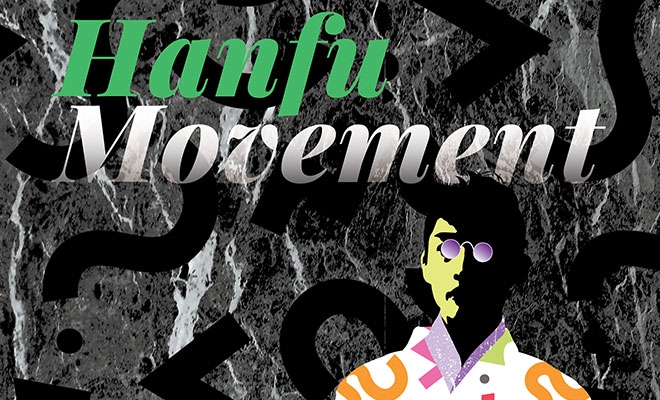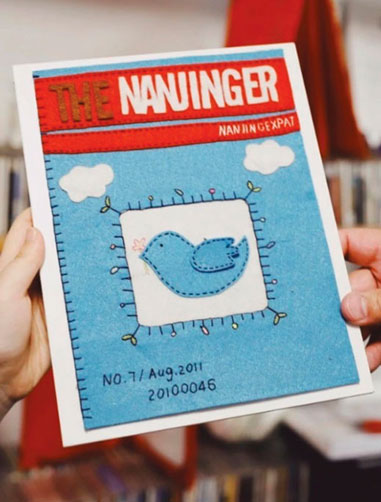16 autumns ago, sparked the beginning of what is now known as The Hanfu Movement. It was, in fact, the autumn of 2001 and the Asia-Pacific Economic Cooperation (APEC) summit where world leaders Vladimir Putin, George .W. Bush and Zhang Zeming appeared in staged pictures around the world dressed in Manchu style jackets in what was at the time China’s nod to international peace and cooperation.
No audience, however, would have guessed at the time that this inadvertently set the stage for a Han revival. After the fall of the Qing dynasty some 100 years ago, “Manfu” (Manchu Dynasty Yifu (dress) the style worn by the formally oppressive ruling monarchy, was from then on how the Chinese were visually represented. Patriotic Chinese have in the past taken offence at being represented visually by the Manfu style, which ultimately led to the formation of The Hanfu (Han Dynasty Yifu (dress) Movement. The movement has been described as “neo-traditionalist”, “nationalist” and that it represents “anti-foreign sentiment”.
“The left collar covering the right represents the perfection of the human culture on human nature and the overcoming of bodily forces by the spiritual power of ethical ritual teaching; the expansive cutting and board sleeve represents a moral concordant relation between nature and human creative power; the use of the girdle to fasten the garment over the body represents the constraints of Han culture to limit human’s desire that would incur amoral deed.” [Chinese Clothing – Five Thousand Years’ History; Culture Essentials Explore Chinese Culture]
The movement has been disregarded by most as ostentatious and unpractical. The group applied to the 2007 Olympic committee in Beijing to have athletes don Hanfu in order to better represent China. The appeal was rejected by the government. It is said the movement gained traction when Mr. Wang Letian from Zhengzhou paraded down the streets of Henan wearing traditional Hanfu for the “first time is 350 years”. Wang gained a following that inspired others to “reflect on the cultural identity of the Han”. However, it seems the majority of modern day Hans have rejected the idea of a Hanfu revival, dismissing it as “eccentric”.
In the journal article, “China’s State of Warring Styles”, Lecturer at Macquarie University, Kevin Carrico, said, “The movement promotes a sacred tradition surrounding profane reality, declaring an aestheticised warfare on the dictatorship of the real”. People claim that the main “characteristics of Hanfu were symbolic of cultural, moral and ethical values”.
While most of us feel we are somewhat exempt from the world of fashion and its “meaningless” pursuits, the influence of what we put on our back ultimately solidifies who we are and how we identify ourselves.
“Fashion is not something that exists in dresses only. Fashion is in the sky, in the street, fashion has to do with ideas, the way we live, what is happening.” [Coco Chanel]
The movement has clear goals and presents an alternative to visual representations of national patriotism; it however neglects to include the other 55 minorities that have helped to make up China’s 5,000-year history. As a result this has led to its rejection by the government and the majority of modern day Hans, however what the movement has helped to do is recognise a growing need for a clearer nationalist identity in China.











